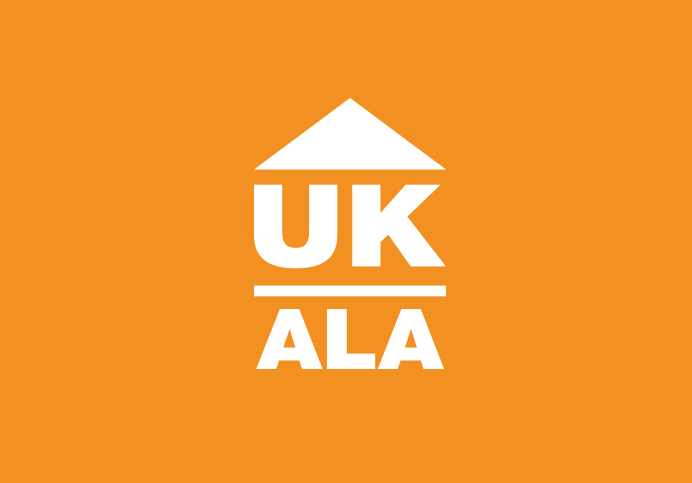
Liability to pay council tax
Local councils use a list, called the ‘hierarchy of liability’ to decide who is liable to pay council tax on a property. Starting from the top of the list, work down to find the first situation that matches the property to establish who is liable to pay the council tax.
| The Hierarchy of Liability in England: |
| 1. a RESIDENT owner-occupier who owns either the leasehold or freehold of all or part of the property |
| 2. a resident tenant |
| 3. a resident who lives in the property and who is a licensee. This means that they are not a tenant, but have permission to stay there |
| 4. any resident living in the property, for example, a squatter |
| 5. an owner of the property where no one is resident. |
From this list it is clear that in occupied self-contained flats or houses, the tenant is normally liable for Council Tax. Where there are two or more tenants living together on a joint tenancy they will be jointly and severally liable for council tax. The tenancy agreement should make it clear where liability lays.
Landlords should notify the local council of the name of the tenant(s) and when he/she moved in. Certain tenants may qualify for exemptions or discounts because of their circumstances but they will have to notify the council of their status. When the tenancy comes to an end the liability for council tax will revert to the landlord until a new tenant is found.
In a House in Multiple Occupation containing bedsits or where tenants are paying rent for individual rooms on individual tenancy agreements, the landlord is liable to pay Council Tax. Rent should be set to take account of the amount the landlord must pay for council tax. If the council tax increases, this does not create an automatic right to increase the rent.
Rents cannot usually be increased more frequently than once a year. A landlord can include a term allowing increase of council tax element in line with council tax rise in the tenancy agreement.
In a House in Multiple Occupation where the tenants are renting the house on a joint tenancy as a group they will be liable to pay the council tax unless there is a clause in the tenancy agreement to say otherwise.
In England from April 2013, each Local Authority has implemented their own local Council Tax Support scheme. In many Local Authorities this has included removing the short-term empty discount as well as the major repairs and structural alterations discount. Councils may look at charging landlords for every day when a property is deemed to be empty. Sometimes this does appear overzealous as they are charging for only one day or even a part of a day.
Therefore, where there is to be no gap between tenancies, landlords can be specific on the date and time that a tenancy ends, and when a new one starts, for example within letters. Therefore if a tenancy ends on the 1st September it can be made clear that the tenancy ends at a specific time e.g. at 23.59, and that a new tenancy starts at 00.00 on the 2nd September. This will prevent the council from levelling a charge for an empty property. This will allow a landlord to demonstrate to the local authority that they are not liable for council tax.